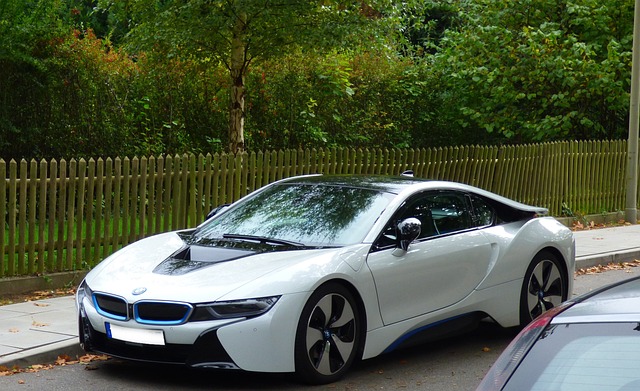One of the common concerns associated with electric vehicles (EVs) is range anxiety – the fear of running out of battery power and being stranded on the road. However, with advancements in technology and the growing charging infrastructure, range anxiety is becoming less of a barrier to EV adoption. In this article, we will dispel myths surrounding range anxiety and address the concerns associated with it.
Myth 1: Electric vehicles have limited range
Reality: While it is true that early electric vehicles had limited driving ranges, technological advancements have significantly improved the range of modern EVs. Many electric models now offer ranges that can exceed 200 miles (320 kilometers) on a single charge. Long-range EVs, such as Tesla models, can even achieve ranges of over 300 miles (480 kilometers). These ranges are more than sufficient for daily commuting and most travel needs.

Myth 2: Charging infrastructure is inadequate
Reality: The charging infrastructure for electric vehicles has expanded rapidly in recent years. Public charging stations are increasingly available in urban areas, along highways, and at popular destinations. Additionally, home charging solutions, such as Level 2 chargers, provide convenience and ease of charging for EV owners. Furthermore, fast-charging networks are being established, allowing for quick charging sessions that can provide significant range boosts in a short amount of time.
Myth 3: Charging takes too long
Reality: While it is true that charging an electric vehicle takes longer than refueling a traditional gasoline vehicle, the actual charging time depends on the charging level and the battery capacity of the vehicle. Level 2 chargers, which are commonly used at home and public charging stations, can fully charge an EV in a matter of hours. Fast chargers, such as DC fast chargers, can provide a significant range boost in as little as 30 minutes. Additionally, advancements in charging technology are continually reducing charging times.
Myth 4: There is a lack of charging station availability in rural areas
Reality: The expansion of charging infrastructure is not limited to urban areas. Efforts are being made to ensure that charging stations are installed in rural areas as well. Various organizations, governments, and businesses are investing in charging infrastructure to provide access to EV charging in rural communities. Additionally, initiatives such as workplace charging and destination charging at hotels and restaurants are contributing to the availability of charging options in less populated areas.
Myth 5: Range anxiety prevents long-distance travel
Reality: Long-distance travel in an electric vehicle is becoming increasingly feasible. With the growing network of fast-charging stations along major highways, EV owners can plan their trips and make necessary stops for charging. In addition, the use of mobile apps and in-vehicle navigation systems provides real-time information on charging station locations and availability, allowing drivers to make informed decisions during long-distance trips.
Addressing Concerns:
Education and Awareness: Dispelling range anxiety requires educating the public about the capabilities and advancements of electric vehicles. Providing accurate information about range, charging times, and the availability of charging infrastructure can help alleviate concerns.
Improved Range and Battery Technology: Ongoing research and development in battery technology aim to improve the energy density and range of EV batteries. As battery technology continues to advance, EV ranges will increase, further reducing range anxiety.
Enhanced Charging Infrastructure: Continued investment in charging infrastructure is crucial. Governments, businesses, and organizations should collaborate to expand the network of charging stations, especially in rural and remote areas, to ensure convenient access to charging for all EV owners.

Vehicle-to-Grid Technology: Vehicle-to-grid (V2G) technology allows EVs to not only consume energy but also feed energy back to the grid. Implementing V2G systems can provide additional flexibility and confidence to EV owners by allowing them to use their vehicle’s stored energy in case of emergencies or unexpected situations.
Range Prediction and Route Planning: Integration of advanced range prediction algorithms and route planning tools in EVs can assist drivers in planning their journeys more efficiently, taking into account the range, charging station availability, and driving conditions.
In conclusion, range anxiety surrounding electric vehicles is largely based on outdated perceptions and misconceptions. The reality is that modern EVs offer increasingly longer ranges, charging infrastructure is expanding rapidly, and technologies are continually advancing to alleviate range anxiety concerns. As we transition to a more sustainable transportation future, addressing range anxiety through education, infrastructure development, and technological advancements will contribute to the wider adoption of electric vehicles and the realization of a cleaner and greener transportation system.

